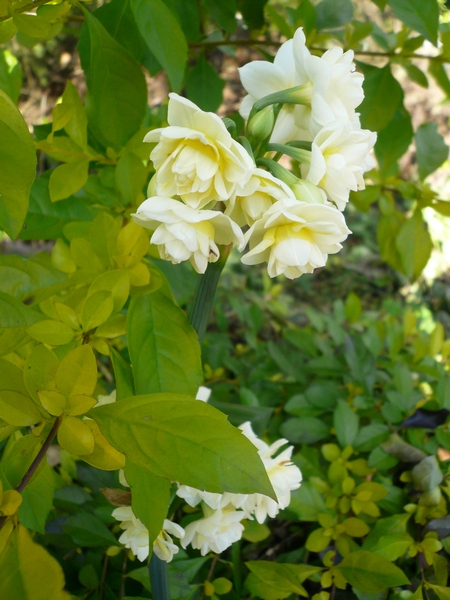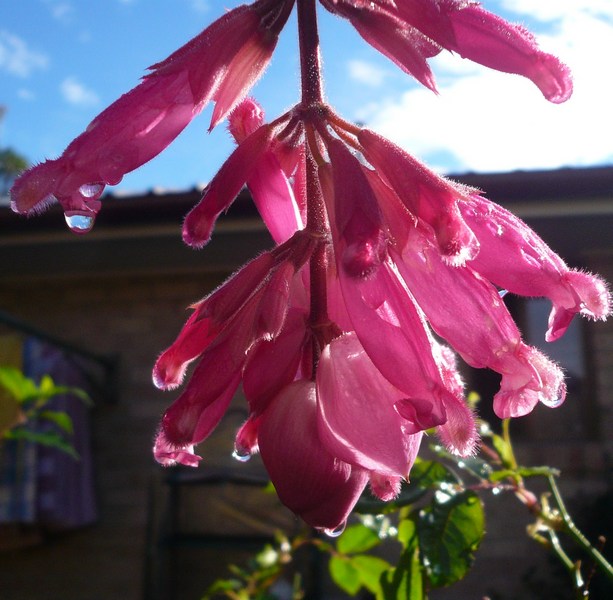I like bikes, but would not watch " the tours"! My middle daughter is a great bike enthusiast; when ever possible she rides her bike.
This time I let the colour photos to do the talking, because I think with this modern gear and bikes Sepia would not suit.
Here she is, left, on a charity ride.
I think this is in Western Australia; she cycled with a group from Brooms to Perth.
Next year is a bigger tour on the books, about 6 weeks cycling. As she is as enthusiastic about her work as about cycling her CEO gave her two extra weeks holidays...for the trip.
Her bikes are part of her car!
There are also moments like this one...
It must have been so much fun!
They were the first machines to be called "bicycles.
Although they are now most commonly known as "penny-farthings", this term was probably not used until they were nearly outdated; the first recorded print reference is 1891 in Bicycling News. It comes from the British penny and farthing coins, one much larger than the other, so that the side view resembles a penny leading a farthing. For most of their reign, they were simply known as "bicycles". In the late 1890s, the retronym "ordinary" began to be used, to distinguish them from the emerging safety bicycles and this term or Hi-wheel (and variants) is preferred by many modern enthusiasts
About 1870, James Starley, described as the father of the bicycle industry, and others began producing bicycles based on the French boneshaker but with front wheels of increasing size,[ because larger front wheels, up to 1.5 m (60 in) in diameter, enabled higher speeds on bicycles limited to direct drive. In 1878, Albert Pope began manufacturing the Columbia bicycle outside of Boston, starting their two-decade heyday in America.[
Although the trend was short-lived, the penny-farthing became a symbol of the late Victorian era. Its popularity also coincided with the birth of cycling as a sport.
Not bad for an outing!
Penny Farthing courtesy Wikipedia.





.jpg)









.jpg)

































